Houdini FX Training for Beginners by Yi Jaejun (실전부터 시작하는 Houdini FX 트레이닝 – Korean, Eng sub)
Release date:2022
Duration:23 h 59 m
Author:Yi Jaejun
Skill level:Beginner
Language:Korean
Exercise files:No
Learn Houdini through fun and practical classes. Houdini is an essential FX tool for the movie, advertising, and video design industry. You can create cool effects right away, but it can be challenging due to its many theories and tools. However, don’t let that discourage you! FX artist Lee Jae-joon has prepared Houdini classes that are full of passion and catered to your learning needs.
Out of the total of 33 curricula, the essential theories and concepts can be burdensome for learners. However, the good news is that only one curriculum covers these topics. The other 32 lectures are focused on practical topics such as particles, volume, destruction, and water effects. By mastering these skills, you can create high-quality examples and naturally become proficient in the FX production process. The curriculum is a fusion of Houdini principles and advanced example skills, designed to provide a comprehensive learning experience. Check out the practical curriculum now at Colosso.
FX Artist Lee Jae-joon’s class is special because it focuses on eye-popping results instead of boring theories. The class provides high-quality FX examples produced by basic deception, which makes learning fun and engaging. When learners only focus on theory-oriented learning without visible results, they can quickly lose interest in Houdini FX.
In this class, you’ll learn the six most popular practices for particles, volume, destruction, and water through FX examples of various difficulty levels. The curriculum is organized to take learners from theory to practical workflow naturally. Through hands-on FX online classes, you can learn VFX by working on a single skill as well as multiple effects. Colosso’s unique teaching approach provides a fun and motivating learning experience.
In this class, you’ll have the opportunity to create more than six effects examples on your own. Here are some of the Lee Jae-joon Houdini special lecture examples you’ll learn:
- Water Droplets (Particle)
- Bubbles (Particle + Volume)
- Car Dirt (Volume)
- Collapsing Building (Destruction)
- Carbonated Water with Ice (Water + Particle)
- Raindrops (Water)
These examples will help you master different FX techniques using Houdini
Curriculum
Section 1. Intro and Houdini Interface
Section 01. Orientation
Introduction to the instructor
Class Curriculum Introduction
02. Houdini UI
Houdini Interface Guide
Basic Houdini Class Setup
Arnold Render Setup
Section 2. Particle 01: Water Droplets
03. Quick Intro
Overview of creating water droplets and setup interface and particle control 01
Particle setup basics: Pop solver
Main Water Drops (Hero Drops) Setup
04. Particle Control & Mashing
Creating a Droplet” Overview and Setup Interface and Particle Control 02
Setting up small drops (Children Drops)
05. Geometry Transformation and Arnold Shading with VDB
Converting particles to geometry utilizing VDB Volumes
Setting Up Wet Spots for Specular Shading
Full Rendering
06. Houdini Digital Assets
Applying effects to other targets with a Houdini Digital Asset (HDA) setup
Section 3. Particle 02: Water Bubbles
07. Quick Intro
Overview of the ‘Water Bubble in Water’ effect
Learn the Basics of Volume Setup
Volume Shape Control
08. Controlling Particles with Volume
Utilizing Volume Velocity to Implement Drift in Particles
Converting Volumes to Geometry
Rendering Setup
09. Houdini Digital Assets
Setting up a Houdini Digital Asset (HDA)
Apply HDA to Multiple Target Objects
Section 4. Volume: Car Dirt
10. Quick Intro
Introduction of Volume class
How to Use Quixel Bridge: Background Modeling
Car Animation Setup (sh001, sh002, sh003)
11. Volume Emitter Setup
Setting up Tire Volume Generation
12. Volume Simulation 01
Setting Up Running Car Smoke
13. Volume Simulation 02
Modifying the Setup for Each Shot
Section 5. Destruction: Collapsing Buildings
14. Quick Intro
Introduction of Destruction class
Exploring the Destruction Reference
15. Modeling Ancient Buildings
Modeling buildings using Quixel Bridge
16. Destruction Setup
Create a building fragment (bridge part) (Fracture Setup)
17. Bridge Destruction
Setting up building destruction motion without simulation
Creating a destruction effect through procedural animation
18. Setting Up Collision Simulation (RBD)
Creating Building Fragments (Building Parts)
Setting Up Constraints
Setting Up Building Destruction Timing
Setting up Collision Simulation (RBD)
19. Setting Up Secondary Effects to Add Depth 01
Secondary Effects Setup: Particle
Setting Up Particle Instances to Effectively Manage Memory
20. Setting Up a Secondary Effect to Add Depth 02
Secondary Effects Setup: Volume
Section 6. Water 01: Ice Filled Sparkling Water
21. Quick Intro
Water Simulation Overview
Explore Sparkling Water, Iced Tea Reference
22. Collision Simulation (RBD) Setup
Ice & Fruit in a Cup Collision Simulation (RBD) Setup
23. Water (Flip) Simulation Setup
Simulate water in a cup using Flip
Setting Up Water Droplets Using Particles
24. Vellum Simulation Setup
Setting Up a Mint Leaf Simulation Using Vellum
25. Geometry Transformation
Converting to Flip Particle geometry using several features of VDB
26. Adding Details
Setting Up Fog and Water Droplets on the Cup Surface
Rendering Setup
Section 7. Water 02: Rain
27. Quick Intro
Overview of water simulation
Explore the Raindrops Reference
28. Vellum Simulation 01
Setting Up a Vellum Simulation
Create an effective mesh for your simulation
Setting up Constrain to effectively fix the simulation target
29. Vellum Simulation 02
Setting up the process of simulating clothes and converting to the final target
30. Flip Simulation
Setting Up Water (Flip) Simulation
Setting up raindrop timing and water splashes
Converting Raindrops to Geometry
31. Water Stream Setup
Setting up a water stream using particles
32. Setting Up the Background Water Stream
Setting Up and Finalizing the Background Rain Stream
Section 8. Outro
33. Outro
Lesson Review and Takeaways



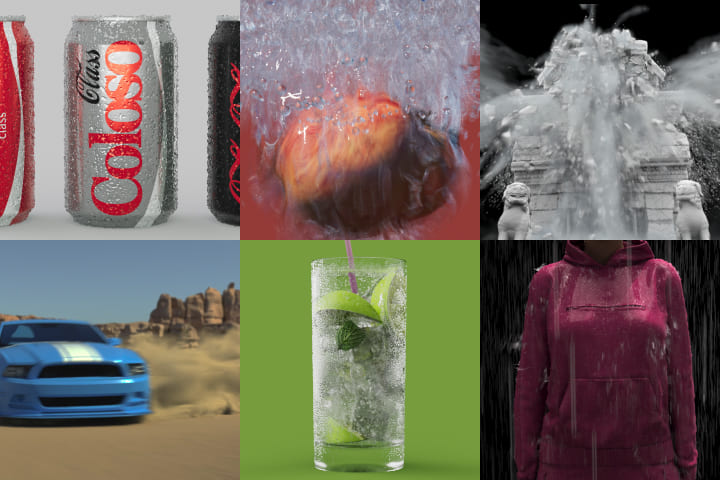

 Channel
Channel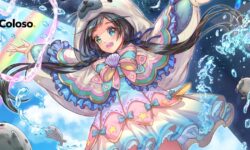

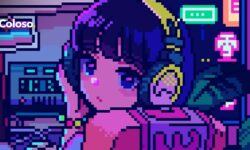
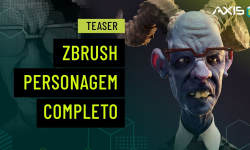
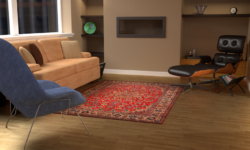
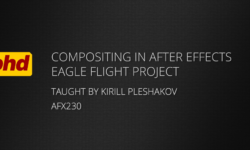

Hello! Can you upload this course (https://coloso.co.kr/products/graphicdesign-yoohyuna2) too? Thank you
Thank you very much. Can you upload this course ( https://coloso.us/illust_webtoon/60chapter-animeillustration-us ) I would really appreciate it.